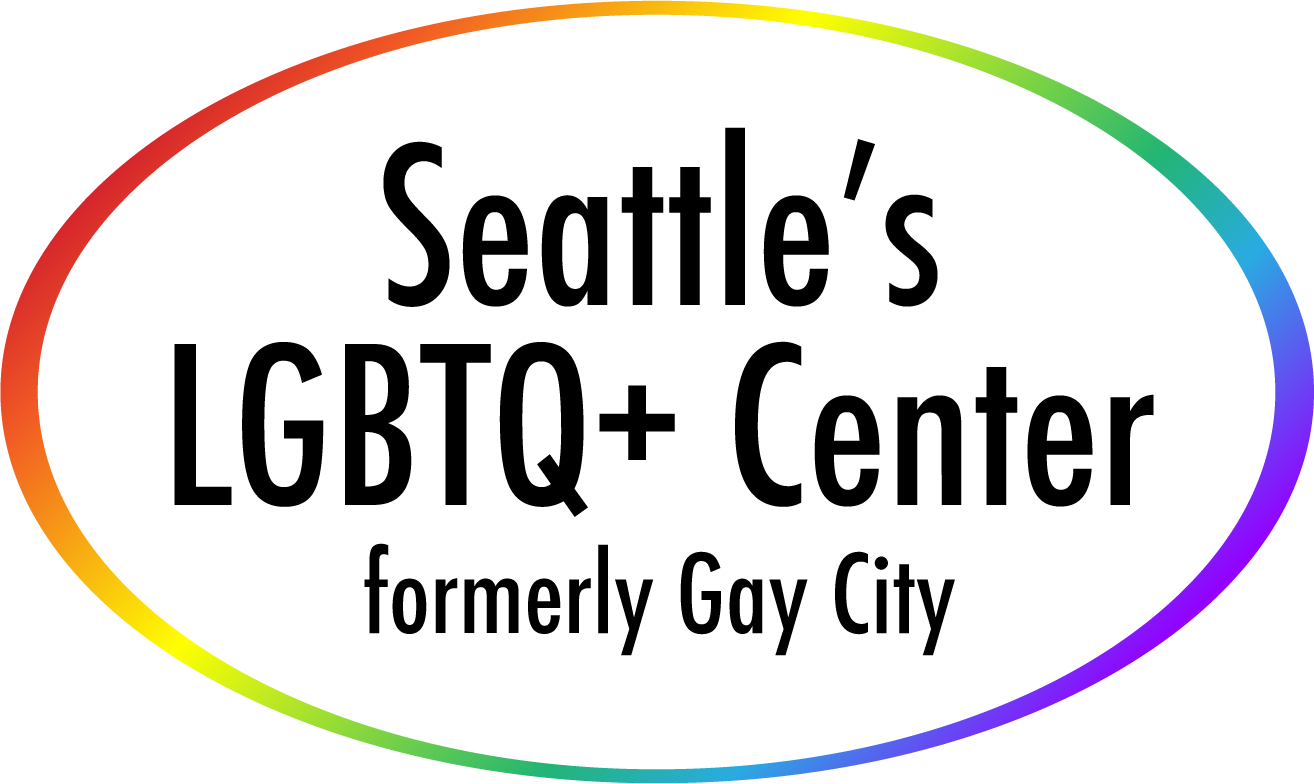By Miriam Chappelka
– On October 11, MoPOP’s special exhibition, Keith Haring: A Radiant Legacy, will open to the public. Although Keith Haring’s life was tragically cut short by AIDS-related complications 34 years ago, his legacy continues on. Known for his distinctive use of colors and iconic dancing figures, Keith Haring’s work lent itself particularly well to political activism, and he made art addressing issues ranging from Apartheid in South Africa to the crack cocaine epidemic. In this post, I’d like to focus specifically on describing the historical context of his artwork on AIDS.
Haring moved to New York City in 1978. Inspired by subway graffiti, he began to chalk drawings on empty advertising panels in the subway. To avoid the police, he would work rapidly to produce his now iconic line drawings. The art delighted New Yorkers, and he soon shot to fame. Throughout the course of his career, Haring worked on murals, sculptures, and prints as well, and he had his first solo exhibition in New York by 1981.
In the same year, newspapers began reporting on an unknown illness that would become the HIV/AIDS epidemic. Six years later, in 1987, Haring himself was diagnosed with HIV. He died in 1990, at just 31 years old. During this decade, Haring worked prolifically; he created over 50 public works and participated in more than 100 exhibitions. In addition to creating art about the AIDS epidemic, he contributed his time and money to fighting the public health crisis as part of ACT UP (AIDS Coalition to Unleash Power), an activist group that agitated to raise awareness of the epidemic and the urgent need for action to address it.
Below are three works that Haring created during this period: Silence Equals Death; See No Evil, Hear No Evil, Speak No Evil; and Unfinished Painting.

Silence = Death was created in 1989, a year after Haring was diagnosed with AIDS. It shows a pink triangle on a black background, with white figures superimposed on top. The pink triangle on the black background is based on a design by the Silence=Death Project, who then gave ACT UP permission to use the design for its activism. The pink triangle had been used to designate gay men and trans women in the Holocaust and had started to be reclaimed by German gay liberation groups in the 1970s. At the time the Silence=Death collective came up with the design in 1986, a prominent newspaper columnist that President Reagan admired, William F. Buckley, had been advocating that people with HIV should be tattooed to make their status visible to all. For the artists in the Silence=Death collective, one of whom had recently returned from a visit to the Dachau concentration camp, this prejudiced opinion had uncomfortable parallels to the tattoos forced upon those in concentration camps in the Holocaust, and gave even more symbolic resonance to the choice of the pink triangle.
Haring superimposed line drawings of figures upon the pink triangle, alternately covering their ears, eyes, and mouths. These figures, as well as the title (Silence = Death) refer to the silence that existed around the AIDS epidemic because of its association with gay men and drug users. Notoriously, Reagan didn’t even say the word “AIDS” until 4 years into the epidemic, in 1986. This silence was also seen in policymaking; his administration did not prioritize addressing the AIDS epidemic and, in fact, reduced the budgets for the CDC and NIH in 1983.

In See No Evil, Hear No Evil, Speak No Evil, created in 1989, Haring again used figures covering their eyes, ears, and mouths. This was the imagery he would often turn to when addressing the AIDs crisis. This work specifically is noteworthy because it was created for a direct mail fundraising campaign for ACT UP. Haring helped fund ACT UP in a few notable ways – he funded buses to transport people to protests, paid for the postage for ACT UP’s first direct mail campaign in 1988, and designed merchandise for ACT UP to sell.
Notably, around the same time Haring created this work, he also disclosed his HIV-positive status in a Rolling Stone interview. In it, he discussed why he felt that it was important to be public about his status. He said of his disclosure, “I think that what will happen with people knowing will be far more interesting than just going on as if nothing had changed and having them find out later. It will force things to happen. […] Because he [Rock Hudson] didn’t talk about it, the media was able to perpetuate this thing that AIDS was punishment for something he did that was bad. […] To me, one of the most important things is that being sick is not going to make me go back on anything in my life. I don’t regret anything I’ve ever done. I wouldn’t change anything. […] There are so few people who are good openly gay role models or just good people who are respected who are open about their sexuality. Now there has to be openness about all these issues.” In disclosing his status, Haring used not just his art but also his public image to confront the silence around HIV/AIDS.

Unfinished Painting was created in 1989, just a year before Haring’s death. When asked by Rolling Stone how AIDS had impacted his life, Haring responded, “The hardest thing is just knowing that there’s so much more stuff to do. I’m a complete workaholic. I’m so scared that one day I’ll wake up and I won’t be able to do it.”. Intentionally unfinished, this painting speaks to that fear and grief by representing the work that Haring and others would not be able to do as their lives were cut short by the AIDS crisis.
In a conversation with his biographer in the same year, Haring said, “Those works that I’ve created are gonna stay here forever. There’s thousands of real people, not just museums and curators that have been affected and inspired and taught by the work that I’ve done. So, the work is gonna live on long past when I’m gonna be here.” His statement was prescient, and although Haring can no longer create, we can still find incredible meaning and joy in his work.
References
- Let the Record Show A Political History of ACT UP New York, 1987–1993 by Sarah Schulman (2021)
- It Was Vulgar and It Was Beautiful: How AIDS Activists Used Art to Fight a Pandemic by Jack Lowery (2022)
- Art in Transit by Keith Haring
- Bio by the Keith Haring Foundation
- HIV/AIDS Timeline by the New York City AIDS Memorial
- Keith Haring: Just Say Know Interview in the Rolling Stone (1989)
- The Silence=Death Poster by Jason Baumann, Susan, and Douglas Dillon Director for Collection Development and Global Studies, Stephen A. Schwarzman Building for the New York Public Library (2013)
- How AIDS Remained an Unspoken—But Deadly—Epidemic for Years by Joseph Bennington-Castro (2023)
- Facing death from AIDS, Keith Haring kept creating by Liz Fields (2020)


You must be logged in to post a comment.